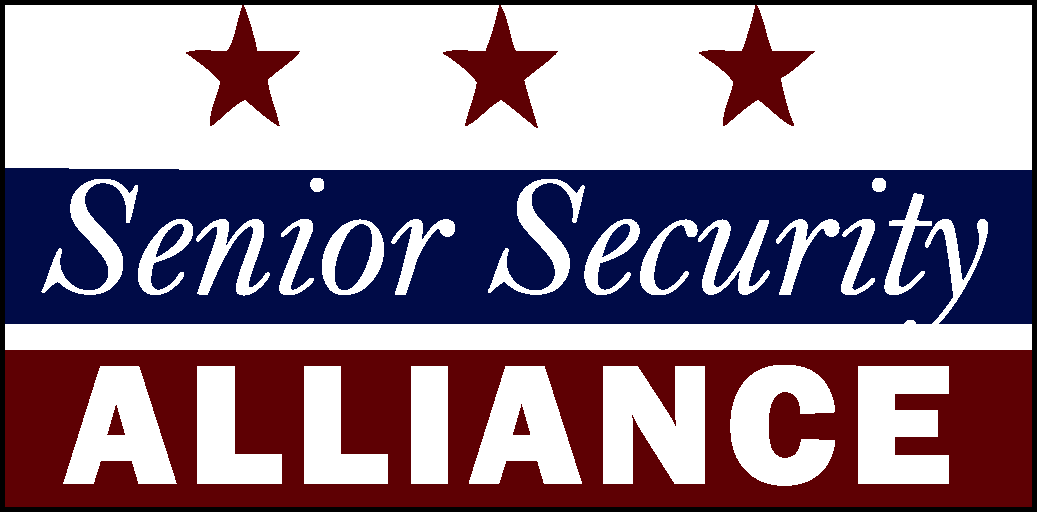Oftentimes, we hear Social Security referred to as a “welfare” program; this misconception is, unfortunately, very common among the general populace. However, it is past time that these misconceptions are corrected.

Key Differences Among Programs
Social Security Program
When the government collects taxes for the Social Security program from paychecks, it is never put into an individual account. Rather, these taxes are taken from the current working generation and pooled together to support the current retirement population collecting benefits.
This “intergenerational” setup is a cyclical program; as the workers of today pay into the Social Security program, those taxes are used to pay for the benefits retirees collect. As this program continues, the cycle will shift, today’s workers’ Social Security benefits will be funded by the upcoming generation of workers.
Welfare Programs
Welfare programs, on the other hand, are not supported by future participants. In fact, they are referred to as government programs that help individuals who otherwise would have difficulties meeting “a minimal standard of living.”
These such families and individuals are those with incomes falling below the federal poverty line and have a maximum income requirement which ensures those above the set income don’t receive the government’s assistance.
In contrast, Social Security is more like a contract. There is no maximum income to stay under to continue qualifying for Social Security. Rather, individuals must simply meet certain qualifications.
Demand Change
The reality is retirees earned every penny of their Social Security benefits; it is not a welfare program. Senior Security Alliance is fighting to correct such a devastating misunderstanding. Our bill, The Senior Citizens Bill of Rights, demands that the “Federal Government, elected officials, and federal employees,” refrain from referring to the Social Security program as “Welfare.”
Furthermore, our bill helps to protect and amplify the financial security of senior citizens nationwide. Be sure to learn more about our bill and join us in the fight against senior financial insecurity.


